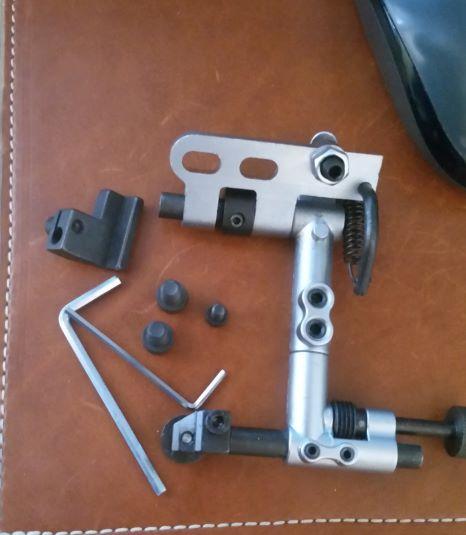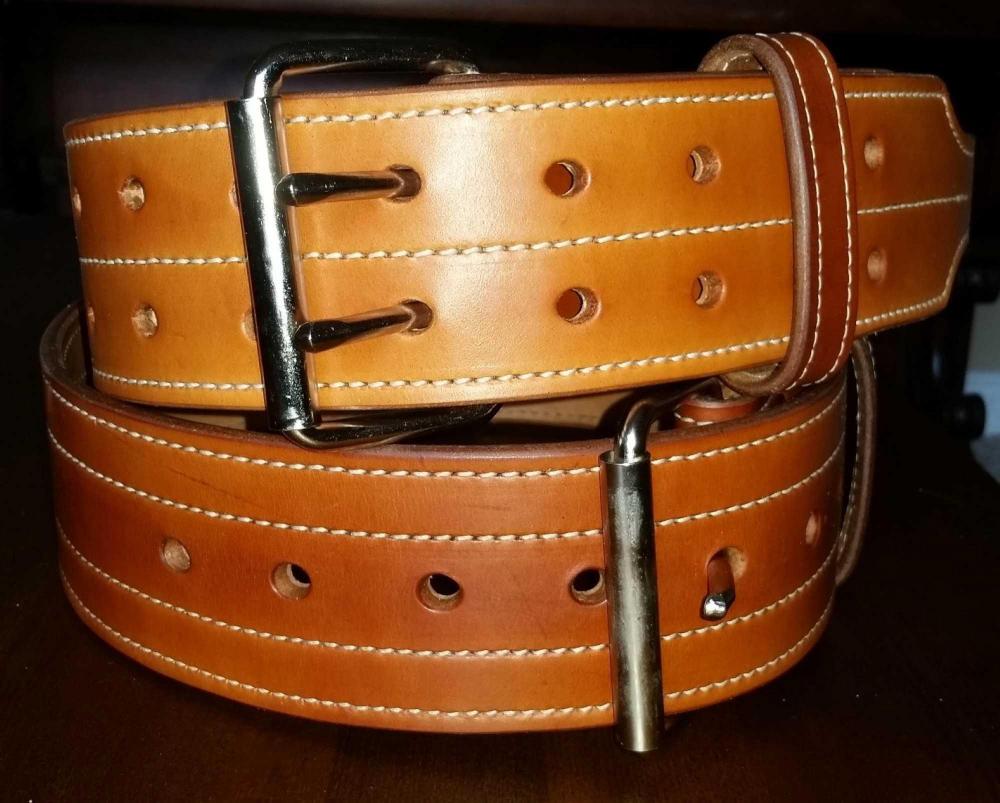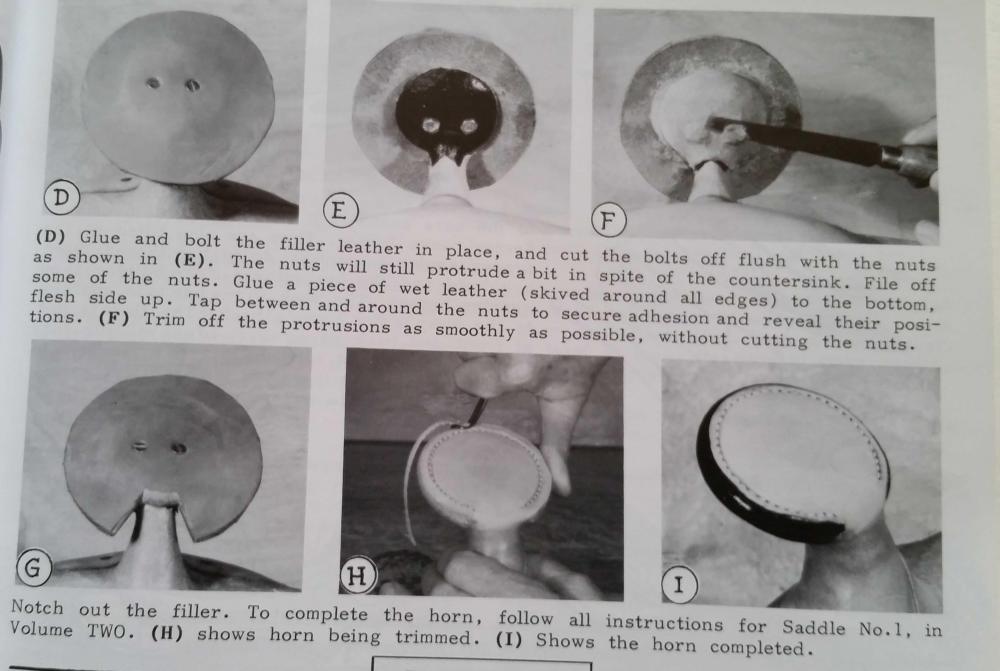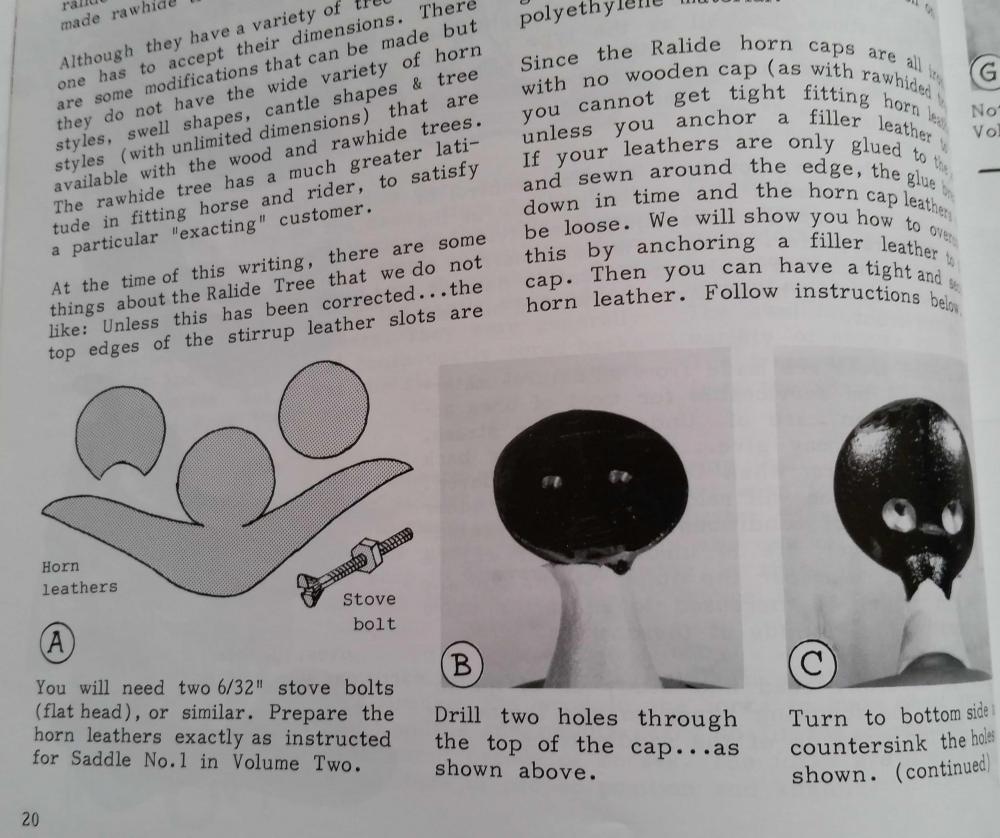-
Posts
267 -
Joined
-
Last visited
Content Type
Profiles
Forums
Events
Blogs
Gallery
Everything posted by bland
-
Probably too late but you shouldn't need to back saddle skirting to tool it. I'm guessing this was a question about your mule saddle.
-
https://www.weaverleathersupply.com/catalog/item-detail/30-1549/100-mohair-cording/pr_43725 https://www.hitchingpostsupply.com/collections/mohair
-
There are several different factors or a combination of factors. What kind of temper does the leather have? Where on the hide was the leather cut? Is it belly, shoulder, butt, back..? Are you using too much pressure? Did you use an edge beveller? Was it too wet? Have you tried using some saddle soap? Gum Tragacanth, Tokenole or other slicking agents... My impression from the pictures is that the leather may be soft temper, not edged beveled and you are using too much pressure. I attached a thread from a long time ago. If you are having trouble with burnishing your edges it is a great guide. Check this thread from 2009.
-
Duane Watts makes a swivel knife that the blade swivels. Similar idea but it is for leather carving.
-
Doug Krause in California makes horsehair macates . They sale his macates at https://www.ricottisaddle.com/. I don't know if he takes students or has books or videos. I'm sure there are some other makers in the California, Oregon, Nevada area of the US.
-
Weaver Leather caries them. https://www.weaverleathersupply.com/catalog/item-detail/01144/1144-collar-fastener-set/pr_55080
-
I just saw this post. Did you get the help you needed? I'll just bump you post to the top again. What style are you looking to make? I know Dwight posted a buckaroo pattern on here a while back.
-

Cobra 4 vs cowboy 3500 vs techsew 5100
bland replied to Loudcherokee's topic in Leather Sewing Machines
I have a Cobra Class 4 and a Juki 1508 NH. Both great machines but to tell you the truth I prefer to sew on the Cobra. I can sew with 207, 277 and 346 thread with a needle change and a little adjustment but if I try to go down to 138 on it it requires significant adjustments to keep the stiches consistent. The most beneficial attachment for me is the roller guide. -
Saturate the foam but doesn't need to have liquid in the pan. Don't forget the top there is probably a couple spots there. The needle bar and presser foot bar probably have some felt around them that could use oil.
-
What Juki machine are you using? That would help. I have a 1508 NH and I use system 190. Some 1508 machines use 135 x 17.
-
I wanted to get it set up this weekend when I had some time off. I got it all set up it was pretty straight forward. Then my wife (she is a finder) found my instructions. Thanks Wiz!
-
I moved and packed my machine up several months ago and in the move I can't find the set-up instructions for my Cobra Class 4. I can probably figure it out but it would be helpful to have the sheet just in case. Thanks in advance
-
-

KNIFE SHEATHS... =)
bland replied to philmb's topic in Gun Holsters, Rifle Slings and Knife Sheathes
Very nice! -
Very nice! What leather did you use?
-

16 Ounce Strap Supplier, 1907 Leather Sling Build
bland replied to AlamoJoe2002's topic in Suppliers
Check this out from an older post. -
Looking at that knife, I wouldn't say it just looks like you know what you are doing. You know what you are doing. Looks like maybe two files a round file and triangle file?
-
Very nice!!! What did you do on the spine? Very cool!
-

Magnetic seam guide VS. swing down installed roller seam guide?
bland replied to gigidept's topic in Leather Sewing Machines
I just received a suspended edge guide for my Juki 1508 NH 5 minutes before I saw your post. I ordered it on Amazon for $30. Quality looks pretty good. I'll let you know once I attach it an try it out later this afternoon. -
You could do it either way single layer of heavy veg-tan or multiple. If you go with one layer you will want a stiff sole bend or skirting leather to make a good rigid belt. You will want to skive down your turn-back around your buckle. If you go with multiple layers you could run 1 layer short and just go up to the buckle and then your turn back would be half as thick. I haven't made any suede covered belts and have always just burnished the edges so I can't speak on edge treatment but edge paint should work. For me I would add at least one more stitch line for a two tongue buckle or two stitch lines for a single tongue buckle.
- 10 replies
-
- suede
- weightlifting
-
(and 4 more)
Tagged with:
-
Here is how Stohlmans' suggest dealing with a metal horn. Basically the same thing that Blue62 suggested with the rivets. It is best to remove the fork cover but it can be trimmed around the base of the horn and put a horn wrap on mulehide or latigo (clockwise for right handed roper). They will need to change out the wrap when it starts wearing out before it is worn out.
-

bob park western floral designs book?
bland replied to Jargin's topic in Floral and Sheridan Carving
https://leathercraftersjournal.com/product/creating-western-floral-designs-bob-park/- 18 replies
-
- bob park
- western floral designs
-
(and 1 more)
Tagged with:



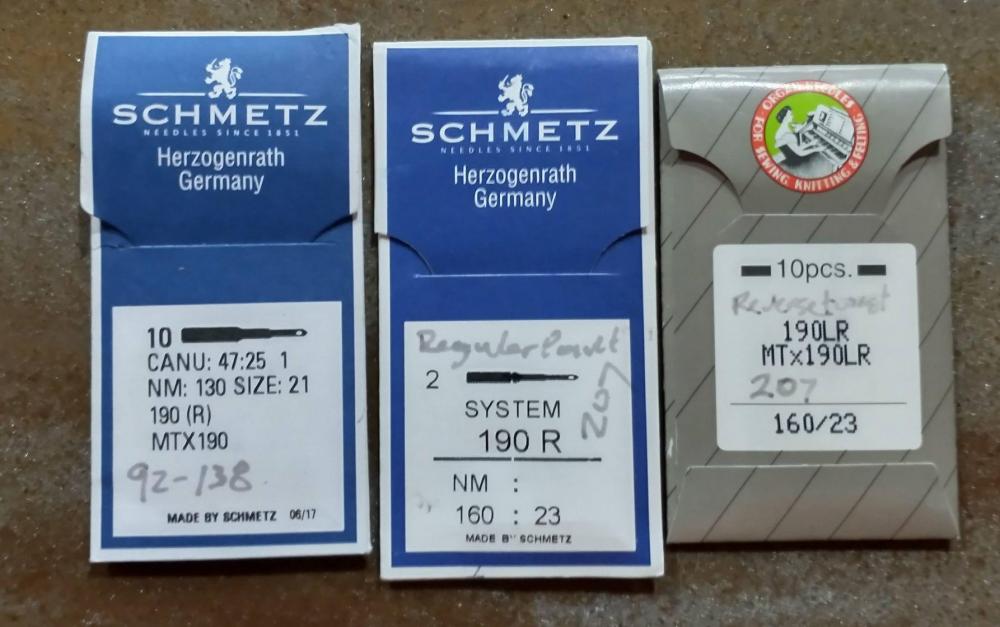
.jpg.2a7c2bb5e46316a33d4e4746600a8b79.jpg)
